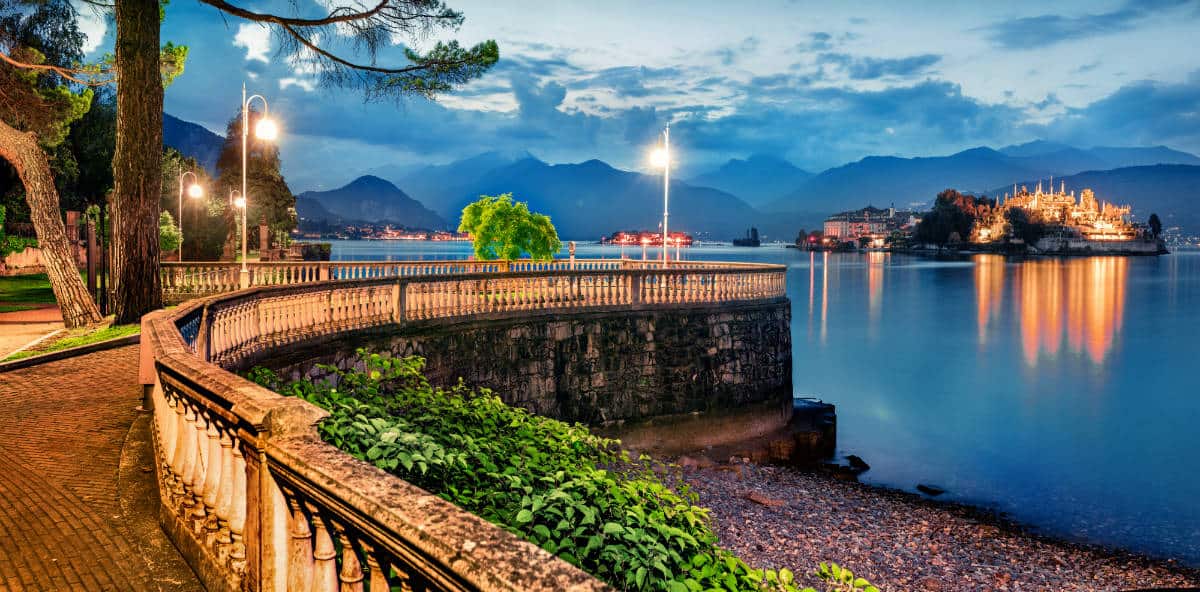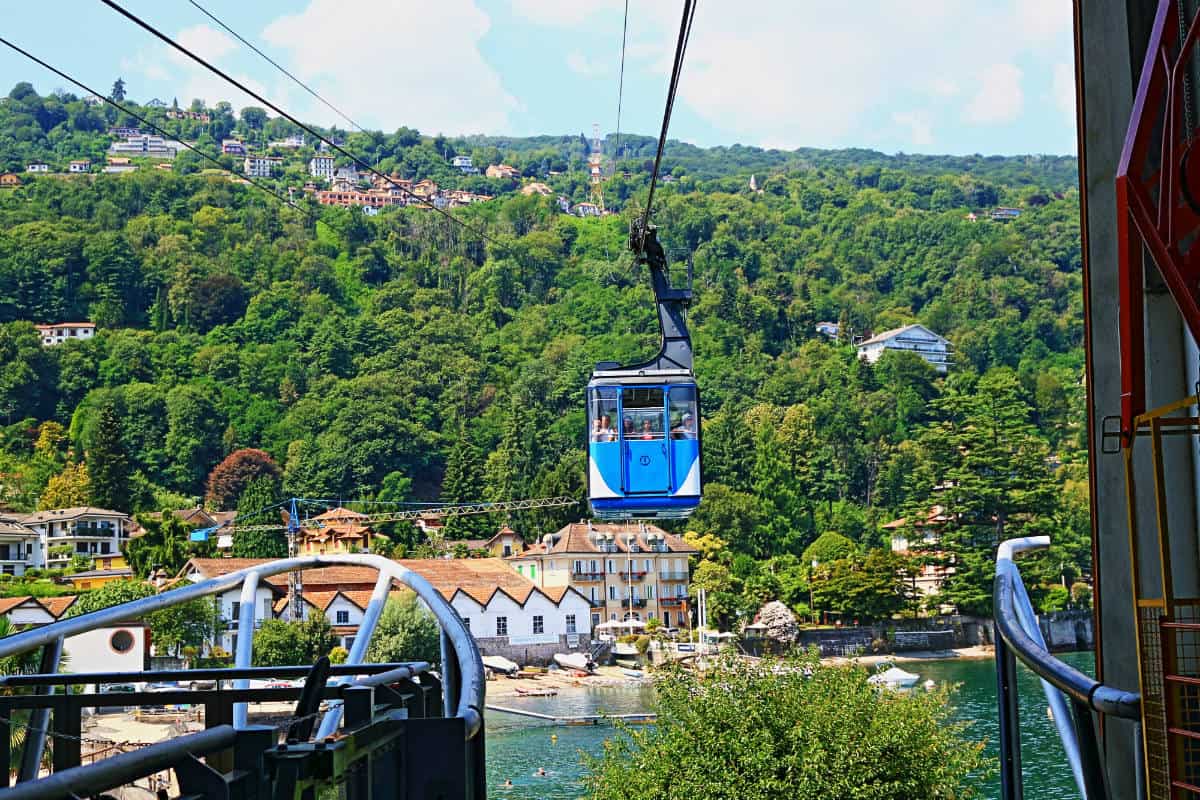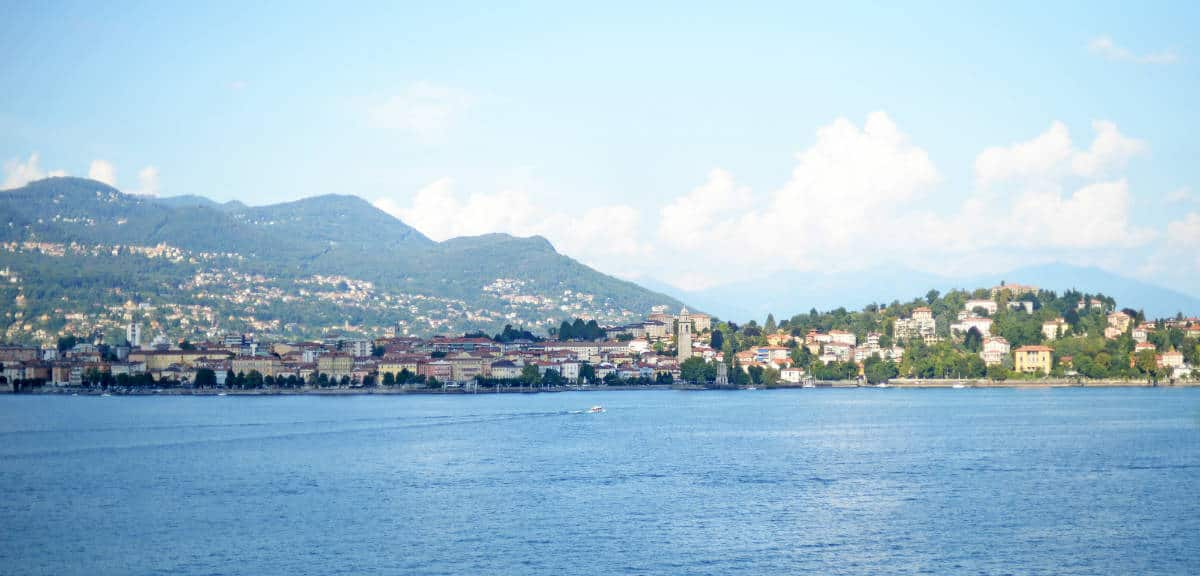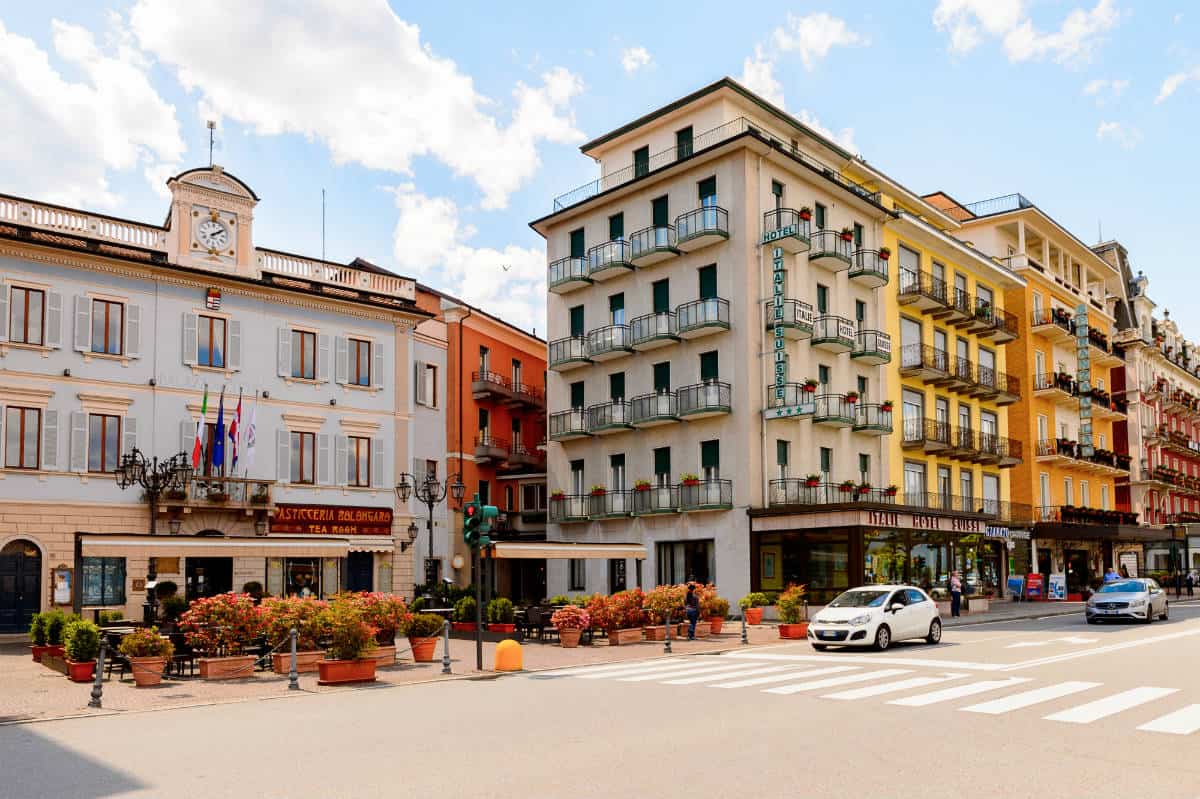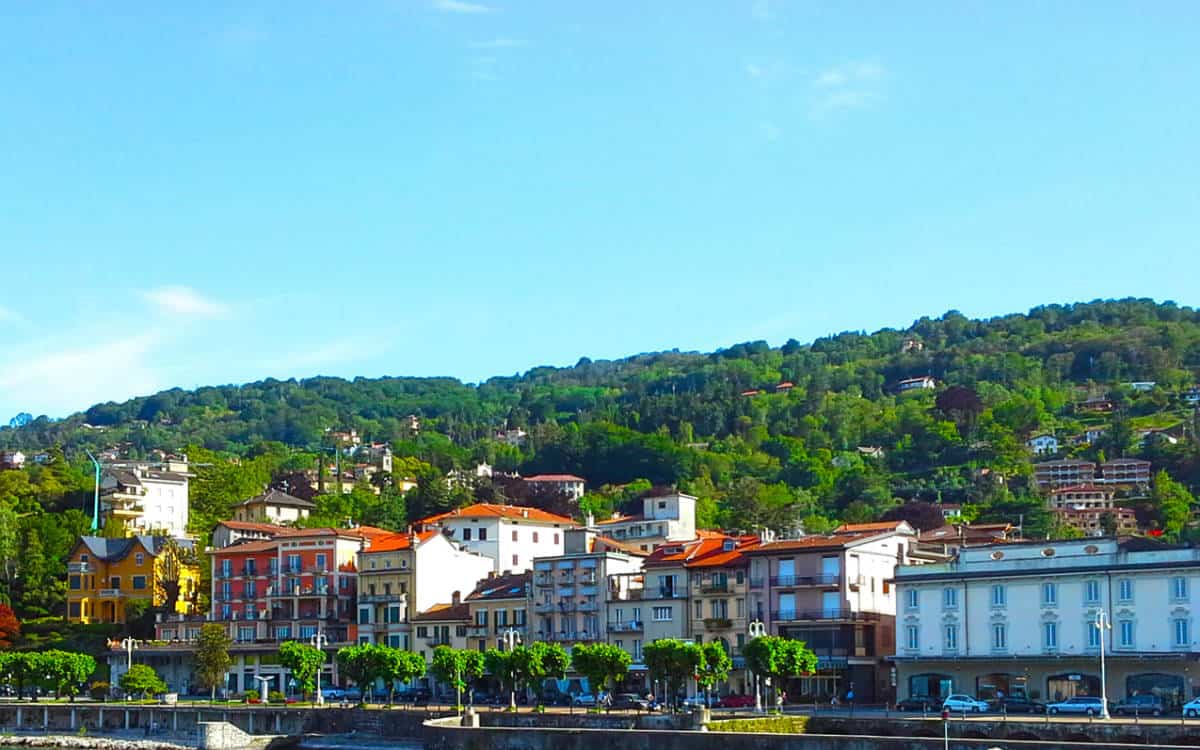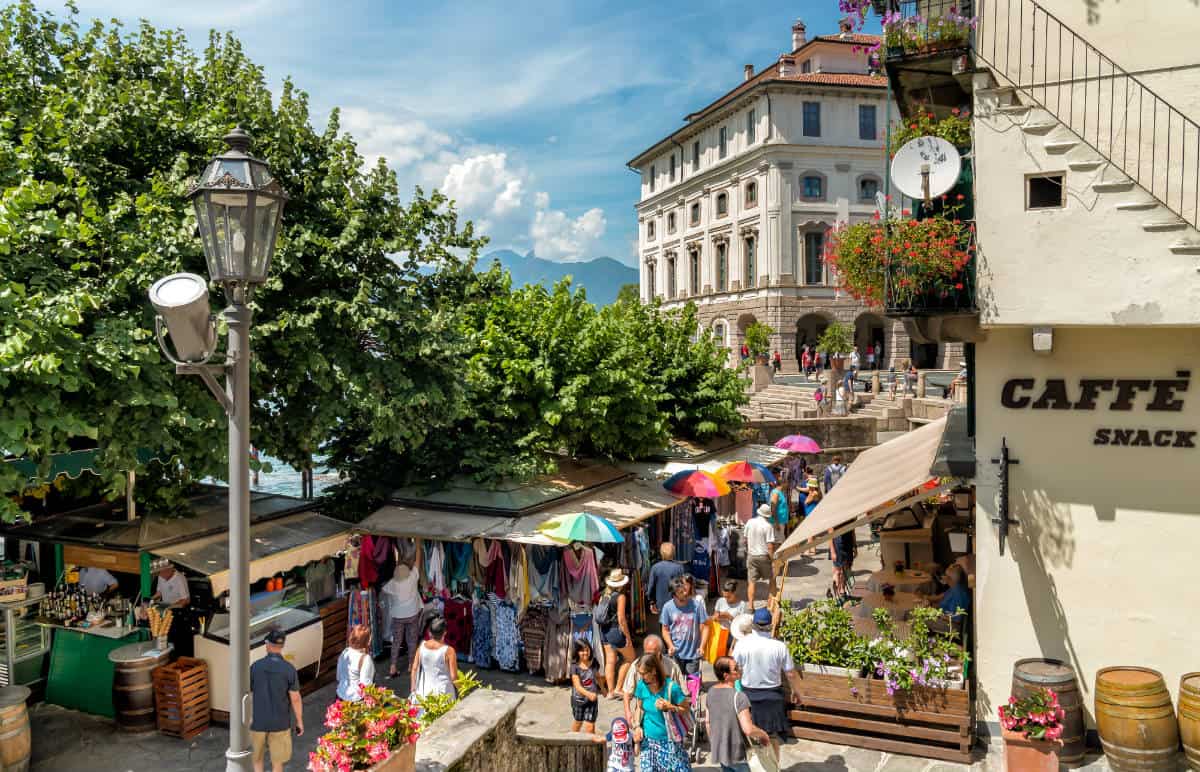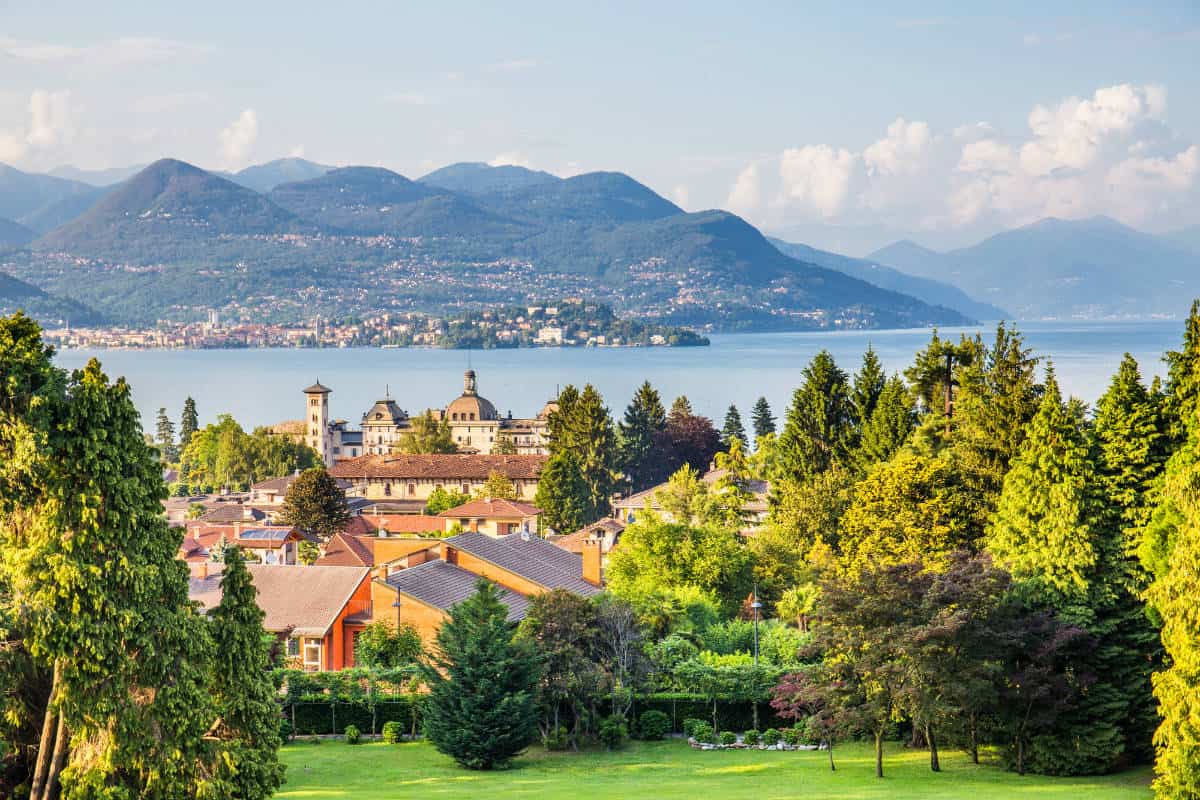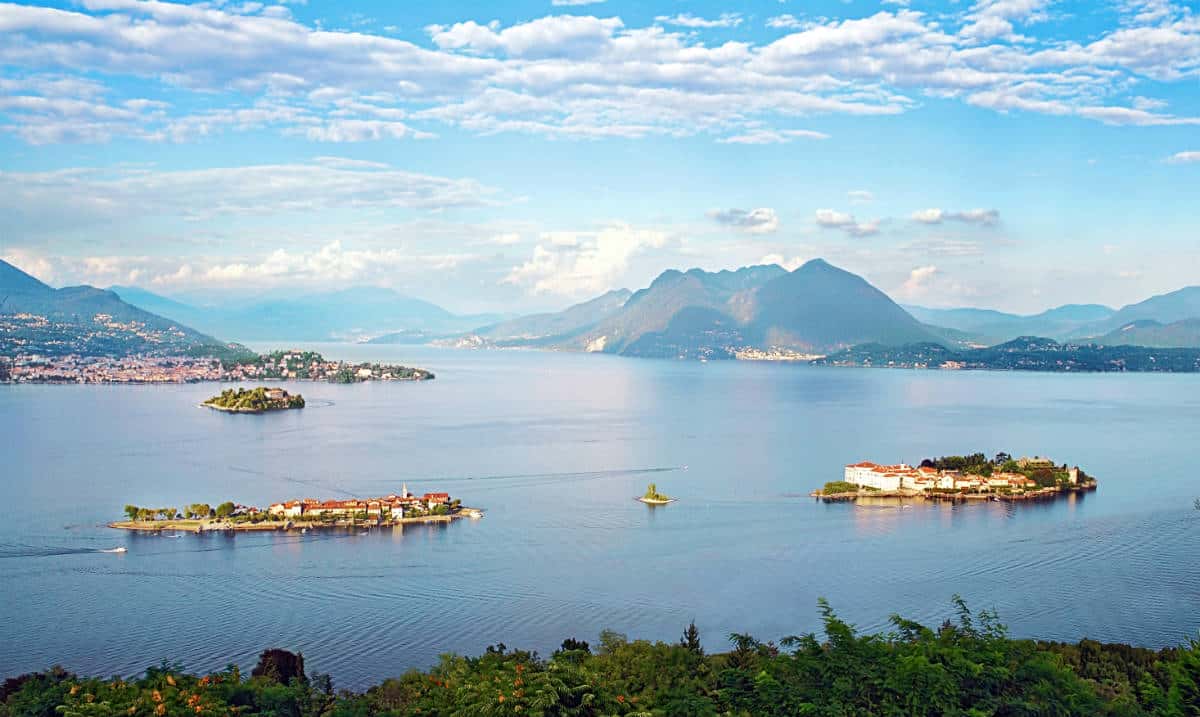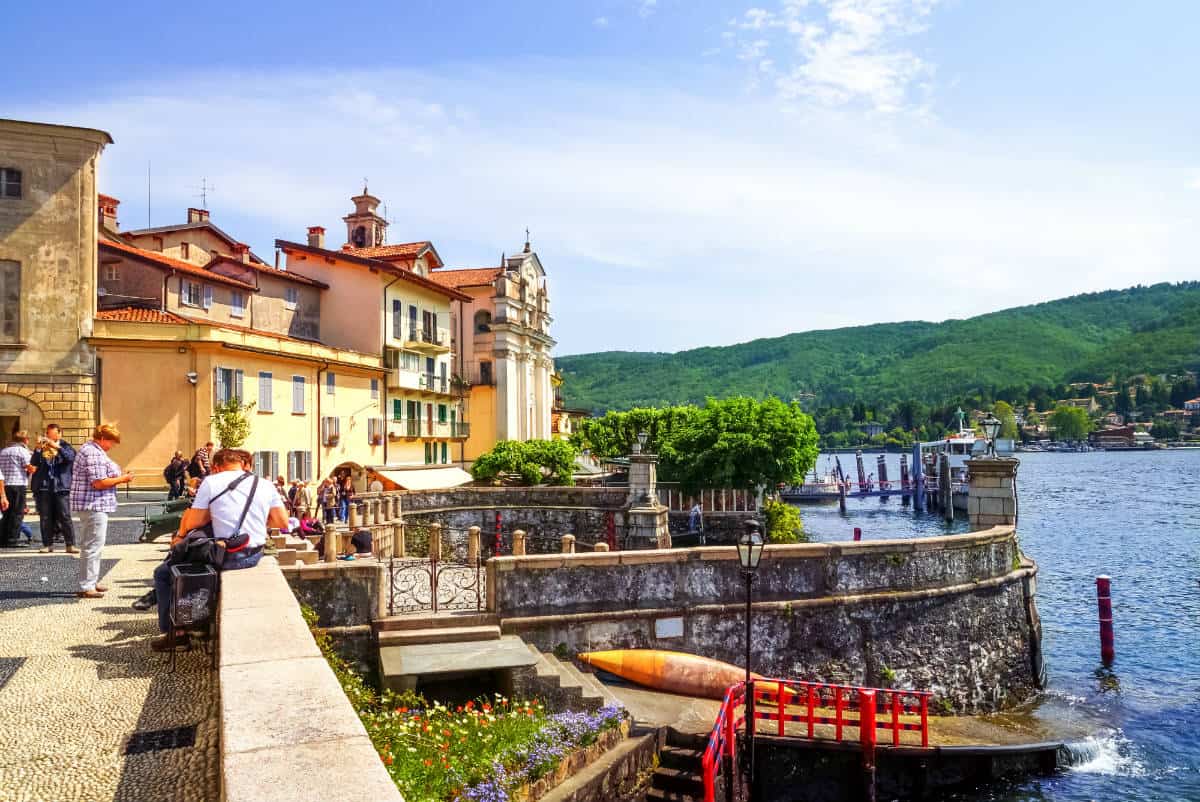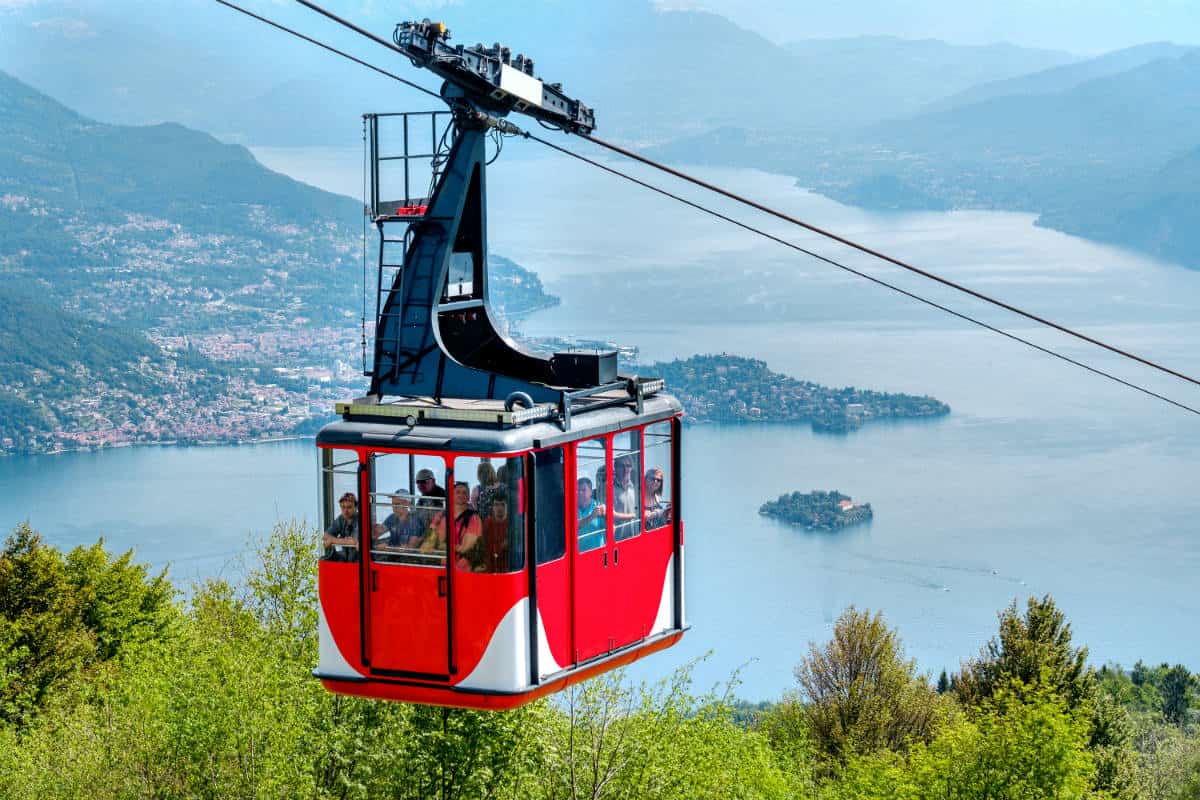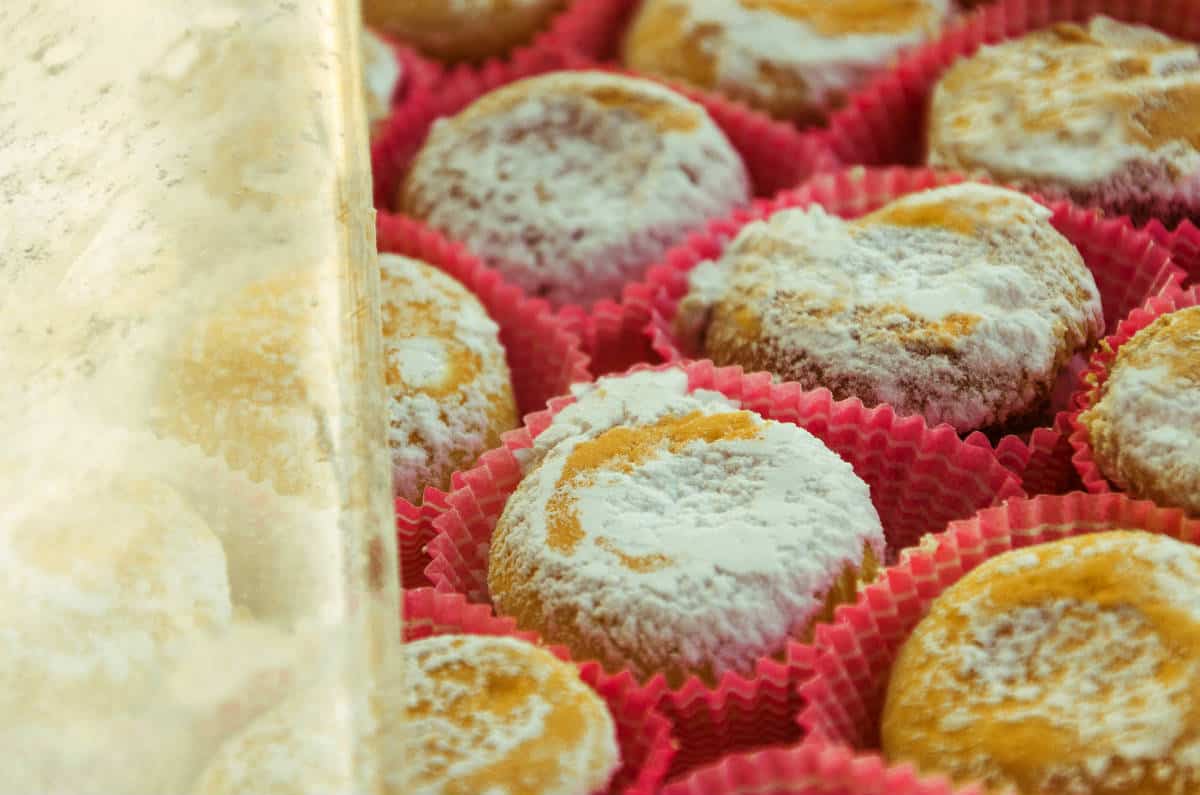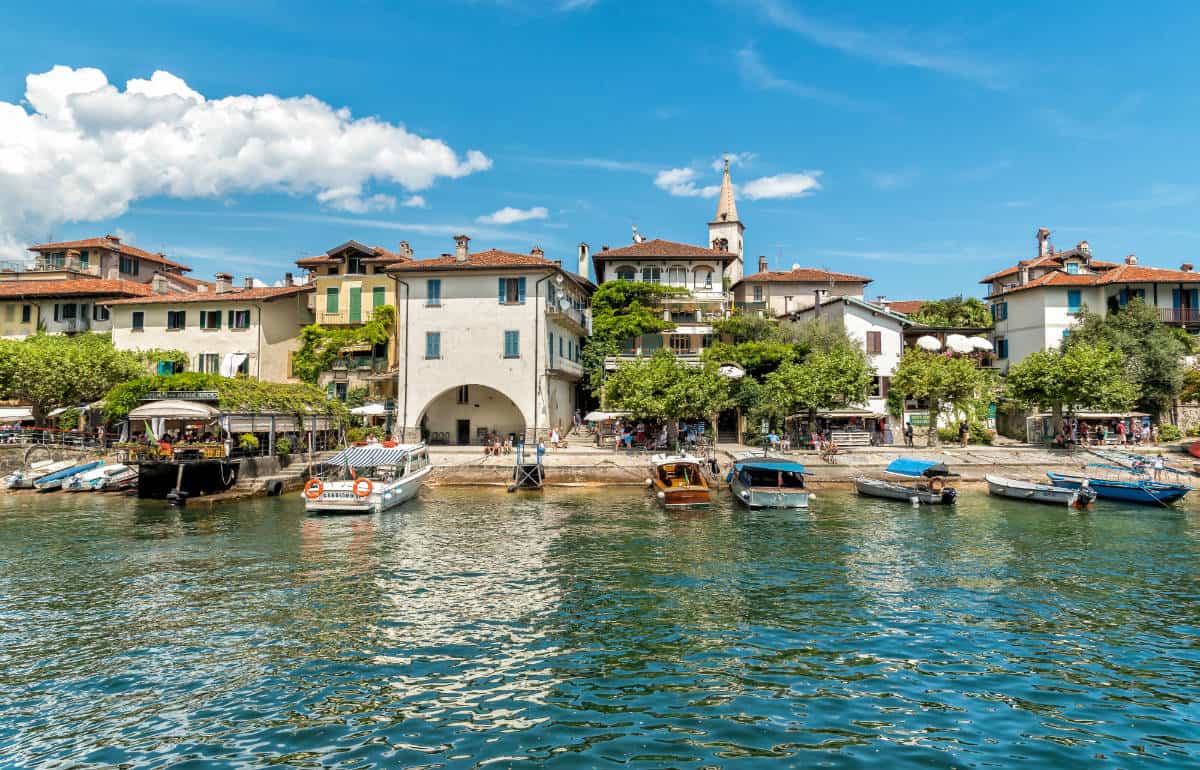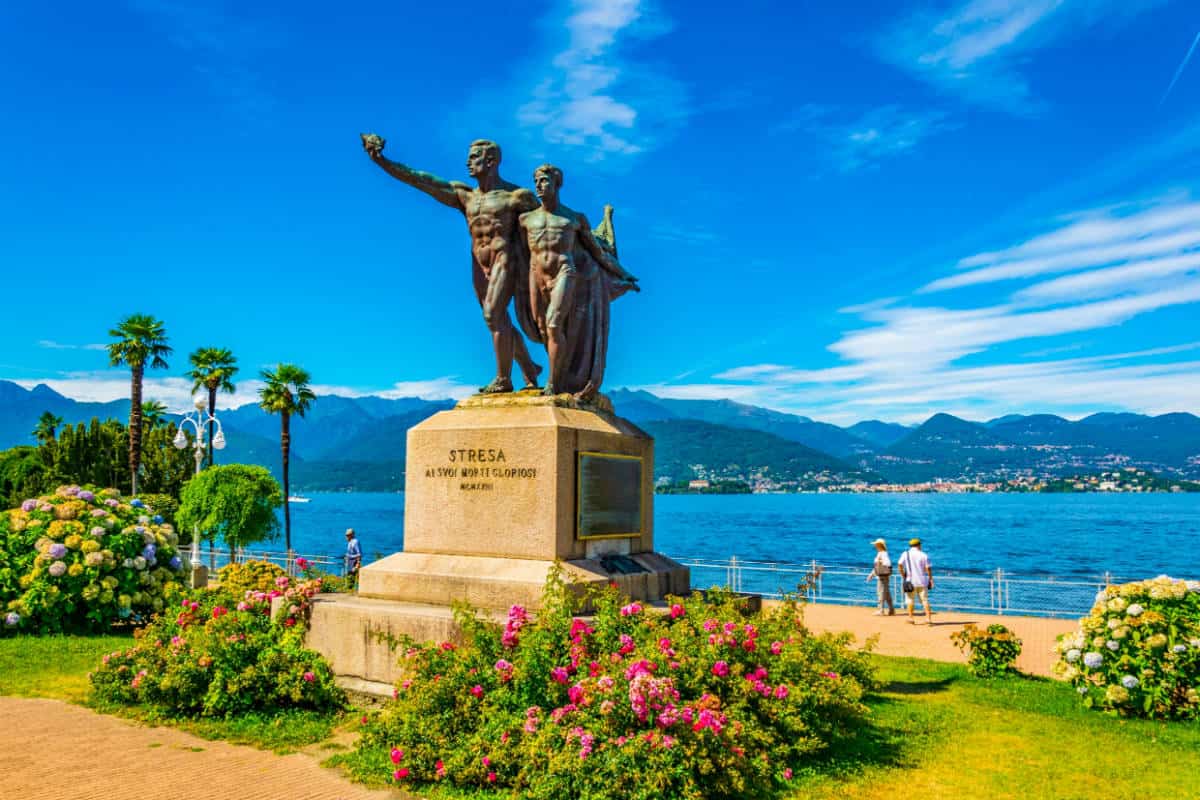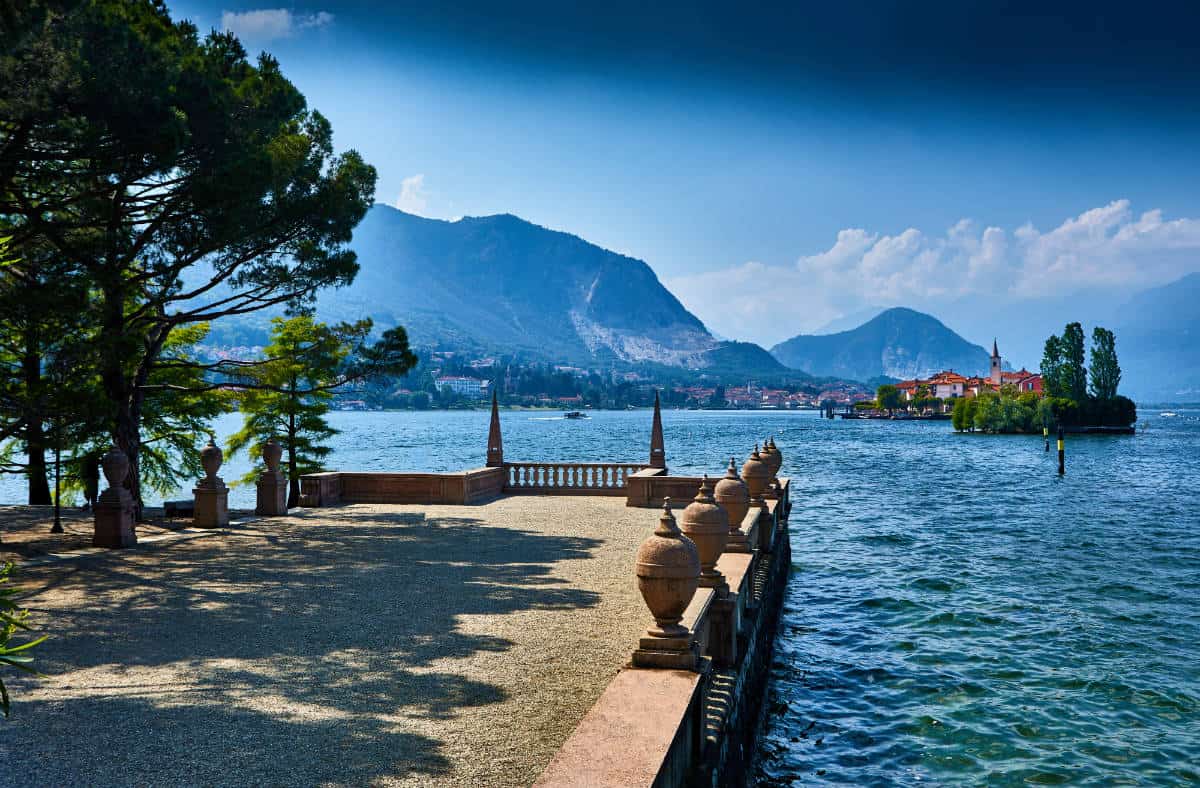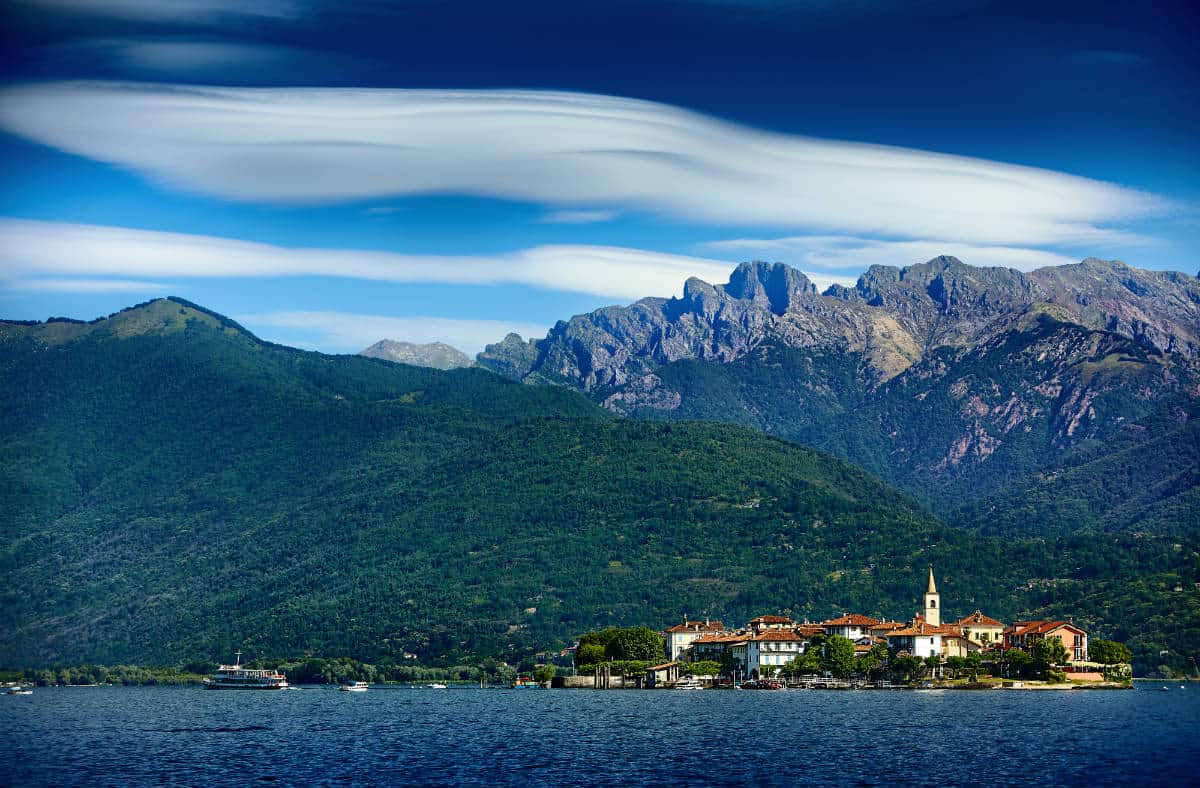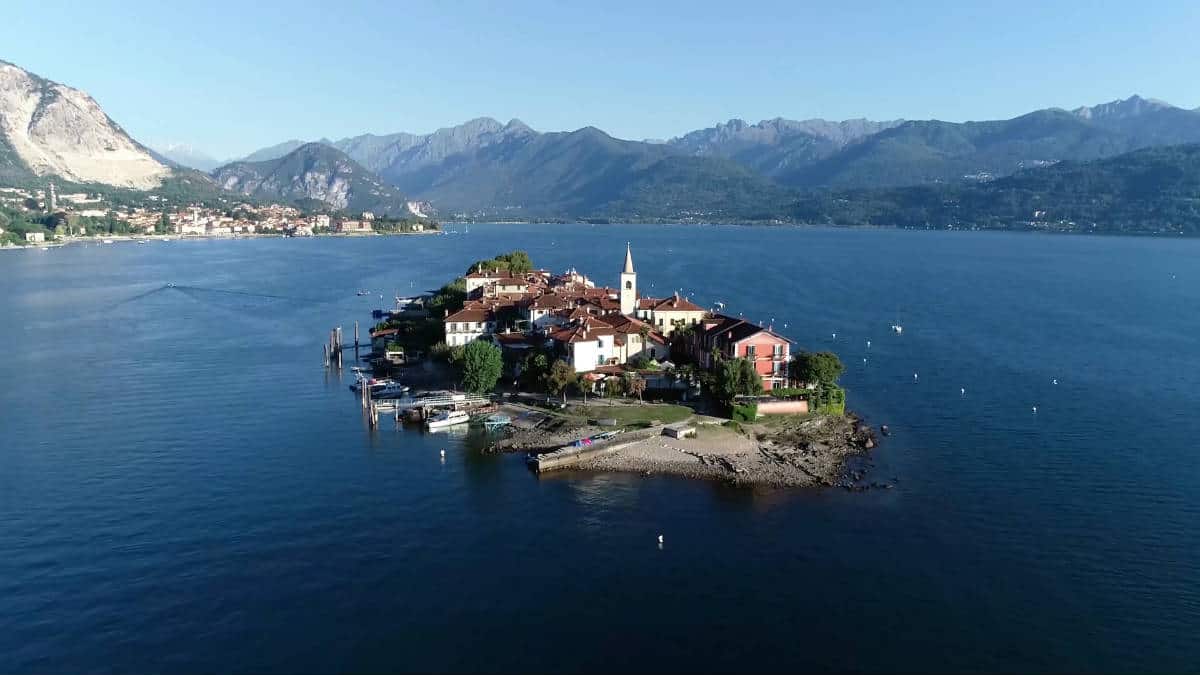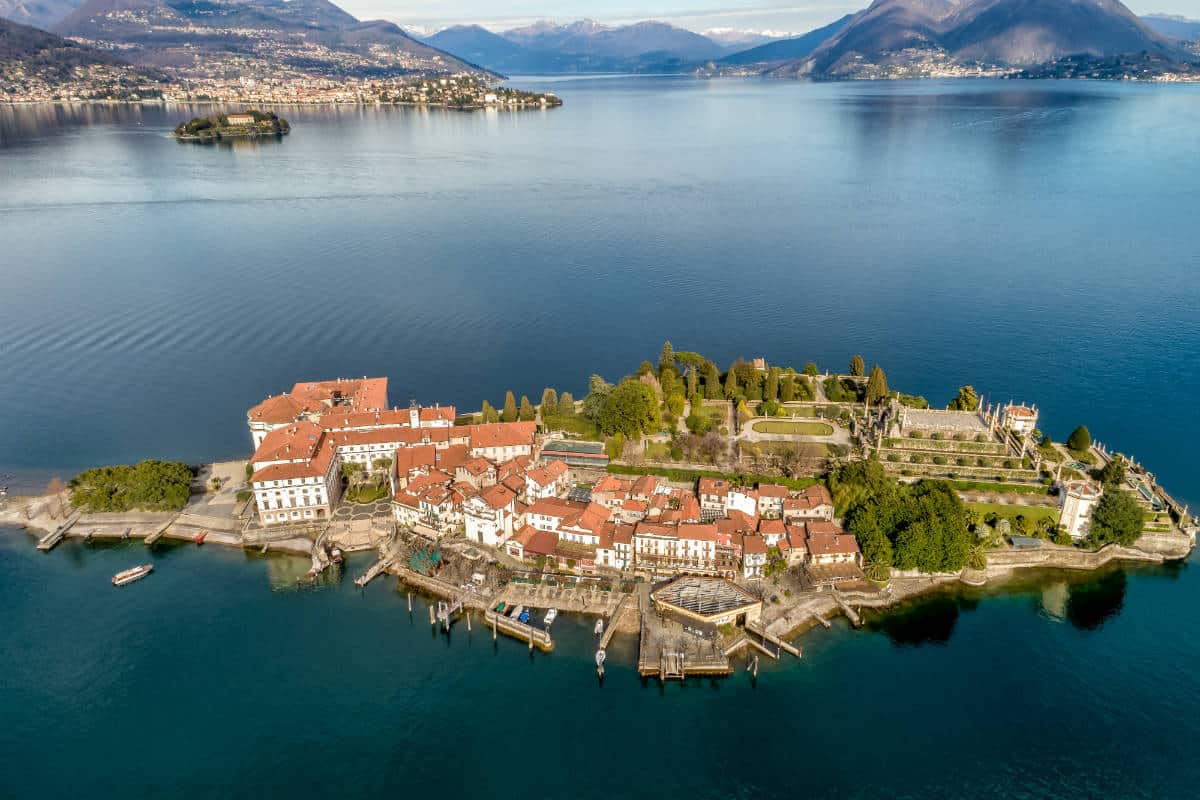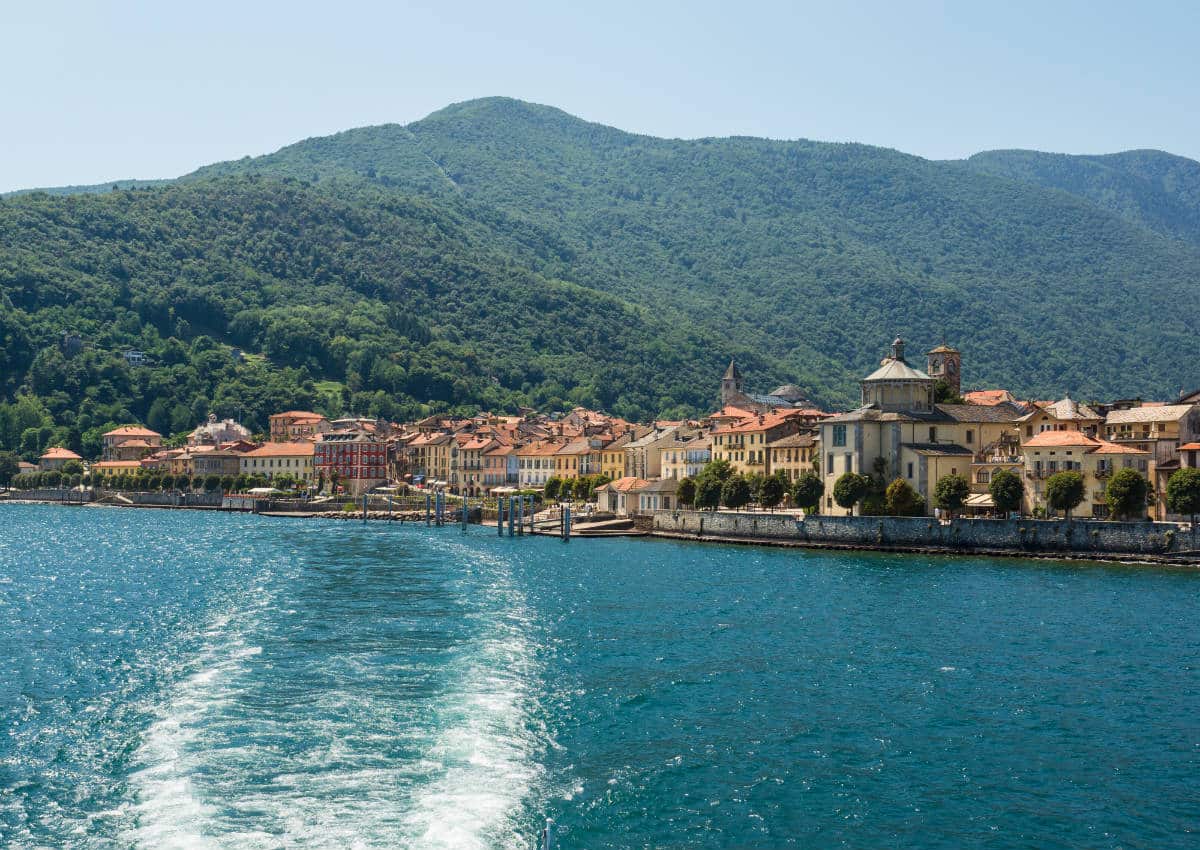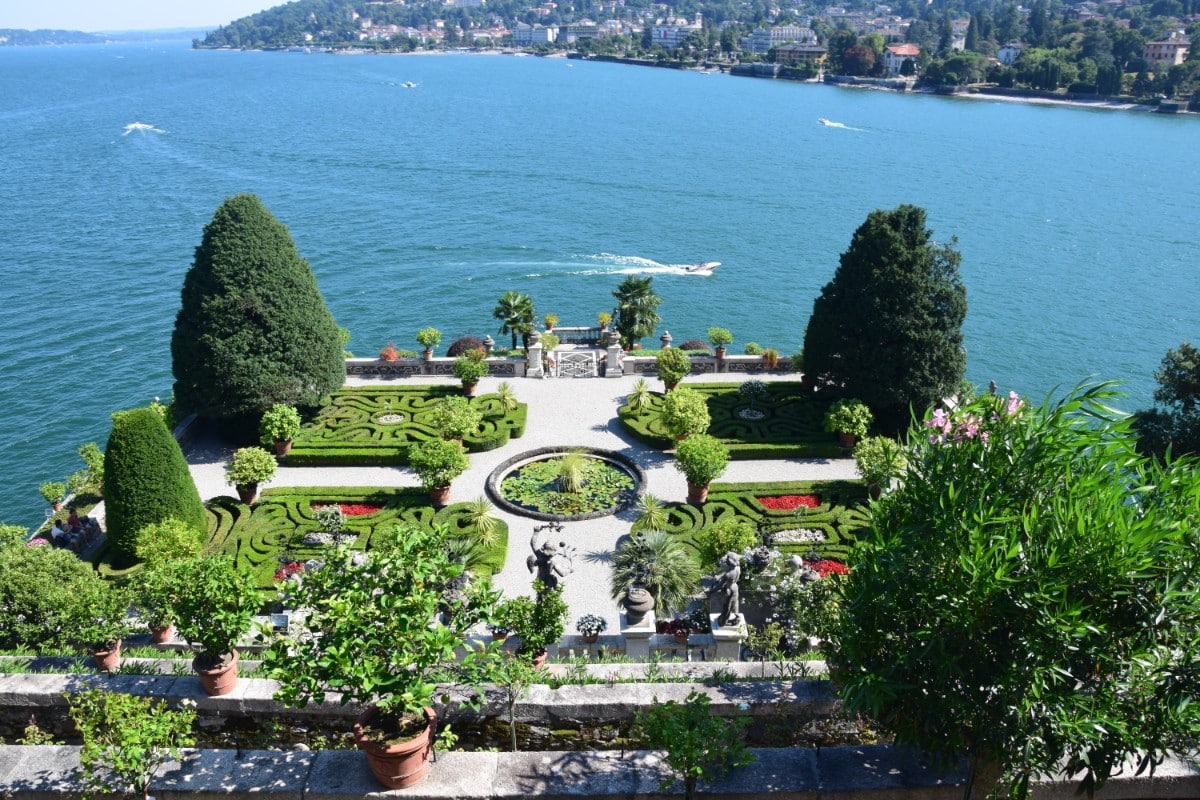Stresa is one of the most popular tourist destination and its area is divided into four parts: coastal, insular, hilly and mountainous. The coastal part overlooks Lake Maggiore and includes the historic center and the hamlet of Carciano; the island area includes three of the four scenic Borromean Islands (Isola Bella, Isola Madre and Isola dei Pescatori); the hilly part includes a series of fractions dominating the Lake Maggiore (Levo, Binda, Campino, Passera, Someraro, Vedasco, Brisino and Magognino); the mountainous part includes the popular ski resort of Mottarone.
Initially called Strixsya (small strip of land), the first reference to Stresa appeared on a parchment dated 998. In the fifteenth century the small village was inhabited mainly by fishermen. It first became a feud of the Visconti family, it was later acquired by the Borromeo family. Since the nineteenth century the town was chosen as a stopover by many intellectuals including Lord Byron, Stendhal and Charles Dickens.
Because of its cultural attractions, its enchanting lakeside promenade and its marvelous view, Stresa is also known for its cultural offer. Among the many events that make the town alive we remember the Stresa and Lake Maggiore Music Weeks, part of the European Festival Association, whose official name has recently been changed.
Much of the charm of the lake village is given by the incredible landscape variety of its area. The historic center is characterized by a succession of magnificent mansions, noble villas, exclusive hotels and well-kept gardens lapped by the waters of Lake Maggiore. One of the most beautiful villas in the area is certainly the luxurious Villa Pallavicino, dating back to the 19th century, which is one of the main attractions of the village. It is also possible to visit the Parish Church of Sant 'Ambrogio, in neoclassical style, inside which there are some seventeenth-century paintings. On its right there is the famous Villa Ducale, dating back to the end of the eighteenth century and not far from the Palazzo dei Congressi.
In Stresa you have to taste the Margheritine, the typical sweets of the village designed in 1857 by the pastry chef Piero Antonio Bolongaro in honor of the then Princess Margherita of Savoy, future first queen of Italy, who lived in the Villa Ducale, to celebrate his First Communion. You also have to taste the Toma del Mottarone, a typical cheese made with the milk of the cows that graze at Mottarone, or the mountain of Stresa.


